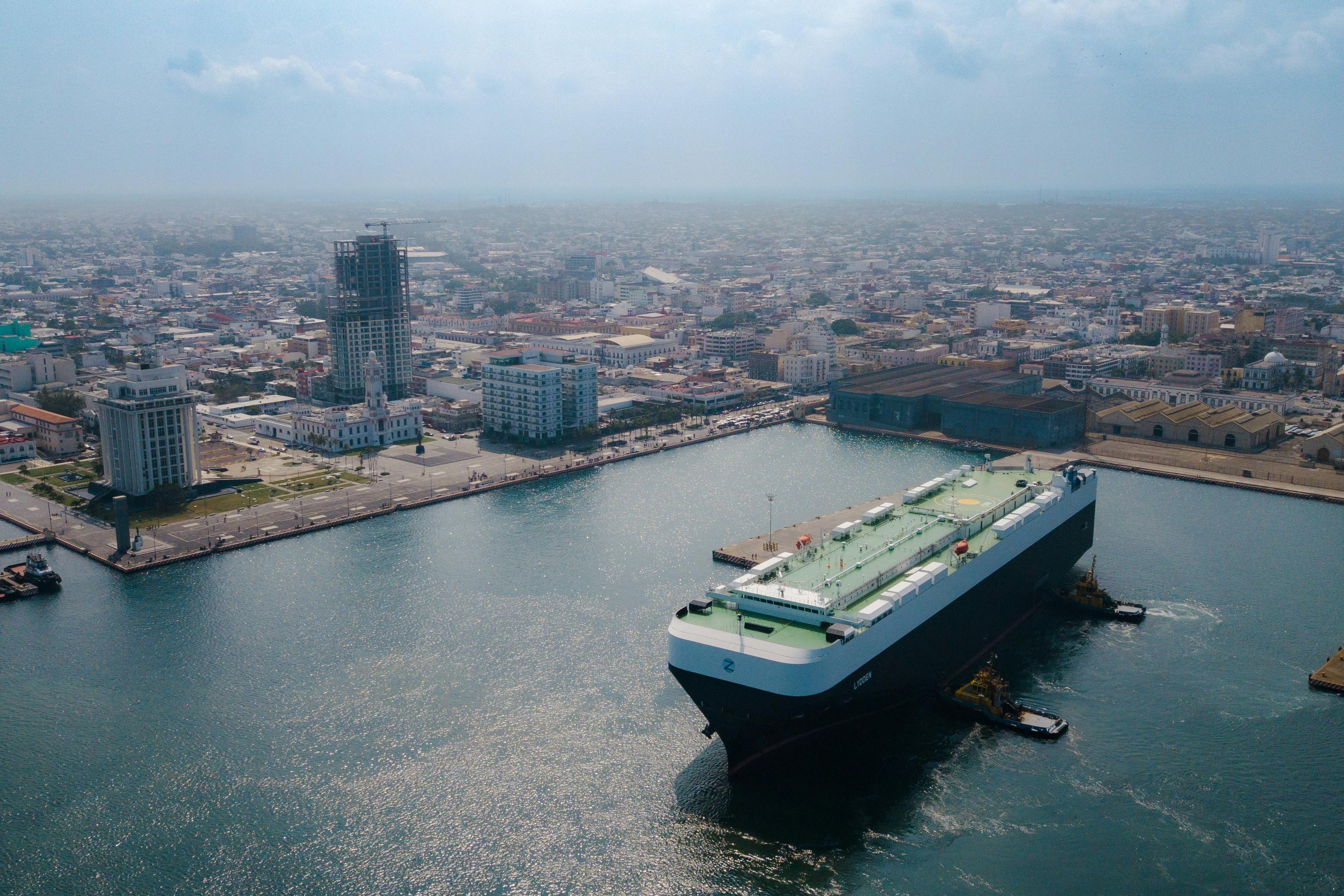Chinese New Year 2025: Your Last-Minute Supply Chain Guide
January's Chinese New Year shutdown comes amid global shipping chaos. Here's what your business needs to know and do now.
November 11, 2024
As we near the end of 2024, the clock is ticking for businesses preparing for Chinese New Year 2025. With celebrations beginning January 29—nearly two weeks earlier than 2024—time is running out to secure your supply chain and avoid disruptions.
Understanding the 2025 Chinese New Year Timeline
The Year of the Wood Snake arrives as manufacturers across China prepare for their most significant holiday. Chinese New Year Eve falls on January 28, marking the start of a nationwide shutdown that will extend well beyond the official seven-day holiday period (January 28 - February 3).
What makes the 2025 Chinese New Year particularly challenging is its early arrival combined with ongoing global shipping disruptions. "We're seeing the impacts of the Red Sea crisis pushing freight rates to levels 167% higher than last year," notes Peter Sand, Chief Analyst at Xeneta. "This makes early preparation even more critical than usual."
Why You Need to Act Now
Manufacturing in China doesn't simply pause for a week—the impact spans nearly a month. Factories begin winding down operations in mid-January as workers start their journey home for celebrations. Many facilities won't return to full production until late February.
The most immediate concern for businesses is the rapidly closing window for pre-holiday shipments. According to Xeneta's latest data, December represents the last reliable shipping window before the holiday rush begins. Waiting any longer risks getting caught in pre-holiday congestion or missing boat schedules entirely.
The Real Impact on Your Business
Consider this scenario: If you wait until December to place orders, your goods might not leave China until mid-January—if you're lucky. By then, many factories will be operating at reduced capacity, quality control might be compromised, and shipping rates will be at their peak.
Emily Stausbøll, Senior Shipping Analyst at Xeneta, shares a sobering perspective: "After witnessing record-high container volumes in August 2024, we're already seeing pre-holiday demand building. Companies still planning their Chinese New Year strategy are already behind schedule."
Creating Your Emergency Action Plan
The good news? You still have a narrow window to act. First, contact your suppliers today—not tomorrow—to confirm their exact shutdown dates. Every factory has slightly different schedules, and knowing these dates is crucial for planning. You'll need to understand not just when they close, but when they begin reducing production and when they expect to return to full capacity.
Next, evaluate your inventory needs through March 2025. Remember that even after factories reopen, it may take several weeks for production and shipping to normalize. The most successful businesses maintain enough stock to last through this extended period of uncertainty.
Managing the Post-Holiday Challenges
The challenges don't end when the holiday does. When factories reopen in February, they often face significant worker turnover—sometimes as high as 30%. This means new workers need training, which can lead to quality control issues and slower production times.
"Smart businesses are already planning their first quality control inspections for late February," advises Mark Simon, a supply chain consultant at World Craft Logistics. "This helps catch any issues early before they become major problems."
Navigating Current Market Conditions
The 2025 Chinese New Year period coincides with unprecedented market conditions. The ongoing Red Sea crisis has forced many vessels to reroute around Africa, adding weeks to transit times. Shipping rates have soared, and available capacity has tightened significantly.
Latest data from Xeneta shows spot rates to the US West Coast at $5,210 per FEU (40-foot container)—a 167% increase from last year. East Coast rates have similarly jumped to $5,820 per FEU, up 134% year-over-year.
Looking Ahead: Post-Holiday Recovery
While planning for the immediate shutdown is crucial, don't forget about the recovery period. Many factories won't return to full production until late February or early March. This means you should already be thinking about your spring inventory needs.
Consider scheduling air freight for critical restocking needs in late February. While expensive, this can help bridge the gap until ocean shipping normalizes. Some businesses even arrange split shipments—sending most goods by sea but keeping a small air freight reserve for emergencies.
Your Next Steps
The time for planning was yesterday, but acting today is better than waiting until tomorrow. Start by contacting your suppliers about their exact shutdown schedule, securing shipping space for December departures, and building a safety stock calculation through March 2025.
Remember, Chinese New Year isn't just a week-long event—it's a disruption that can impact your supply chain for months. The businesses that thrive during this period are those that plan ahead and maintain flexibility in their approach.
Looking Beyond the Holiday
As you rush to prepare for Chinese New Year 2025, consider this an opportunity to strengthen your overall supply chain strategy. The businesses that best weather the holiday period are often those that use it as a catalyst for improving their year-round operations.
"Use this experience to build better supplier relationships and more robust inventory management systems," suggests Xeneta's Sand. "The lessons learned during Chinese New Year preparation can benefit your operations throughout the year."
Don't let Chinese New Year 2025 catch you unprepared. Contact our supply chain experts today for immediate assistance with your holiday planning strategy.
This article was last updated November 11, 2024, with the latest market data and shipping rates.
Read More Blogs
Your Trusted Partner in Data Protection with Cutting-Edge Solutions for Comprehensive Data Security.





